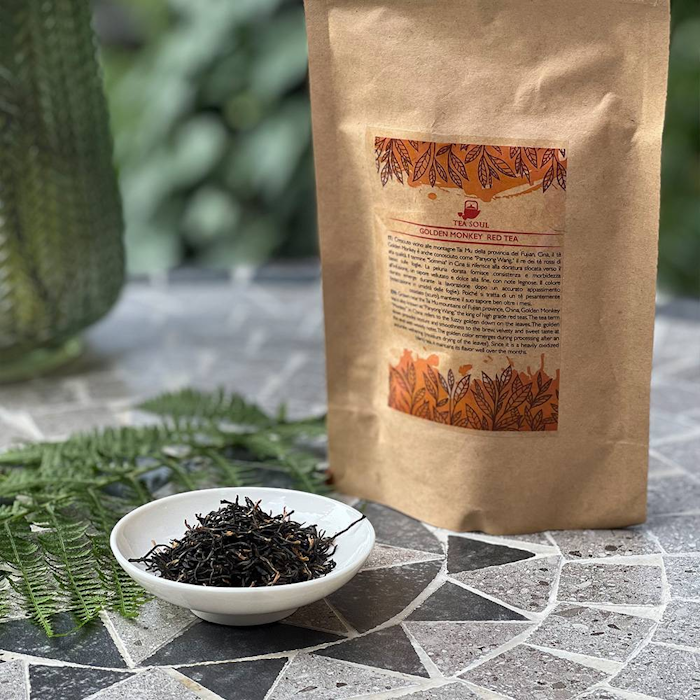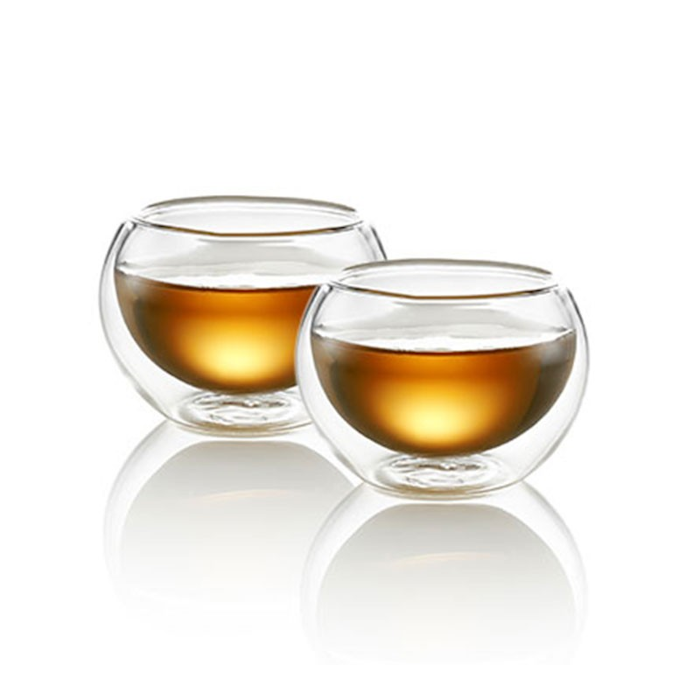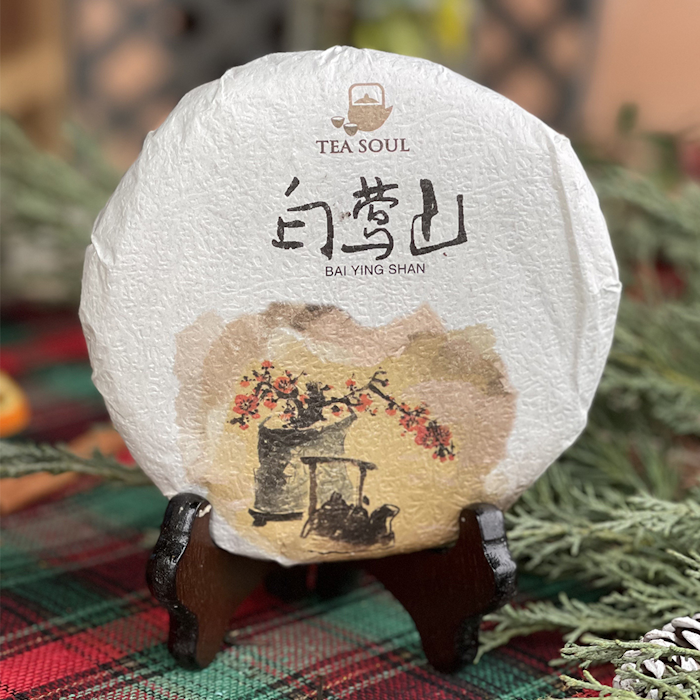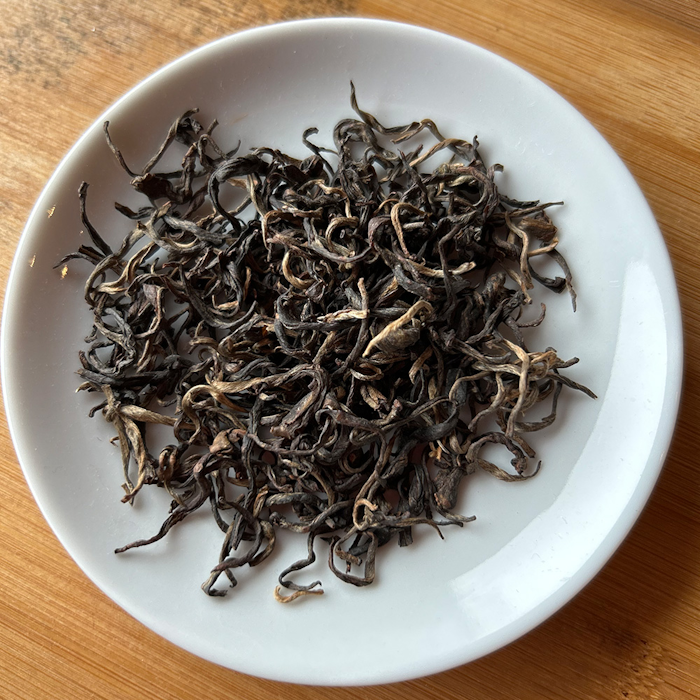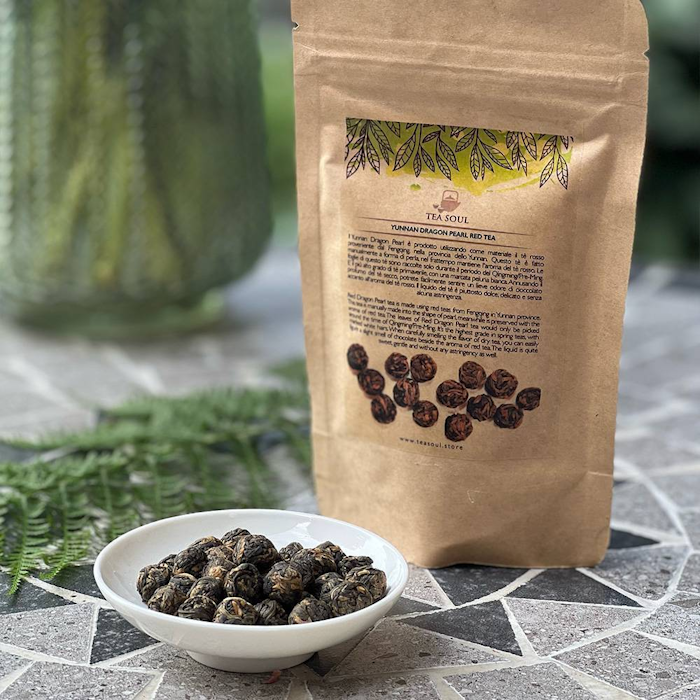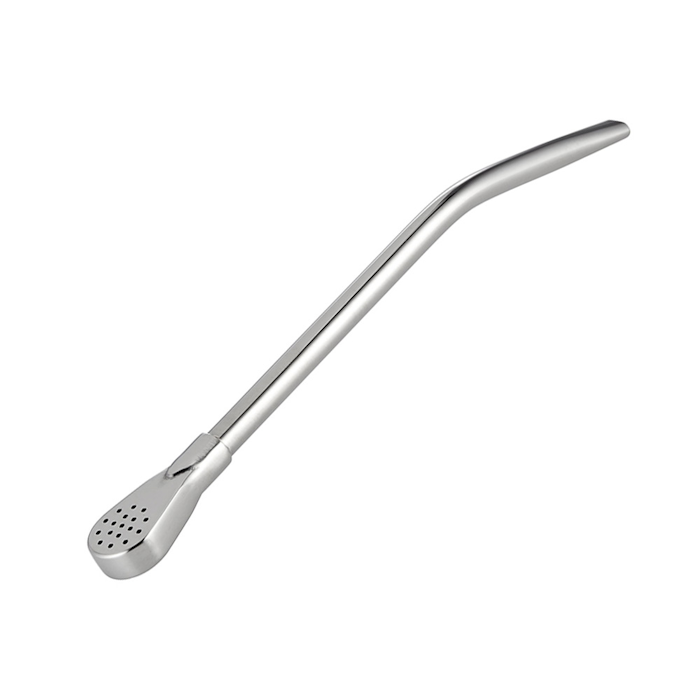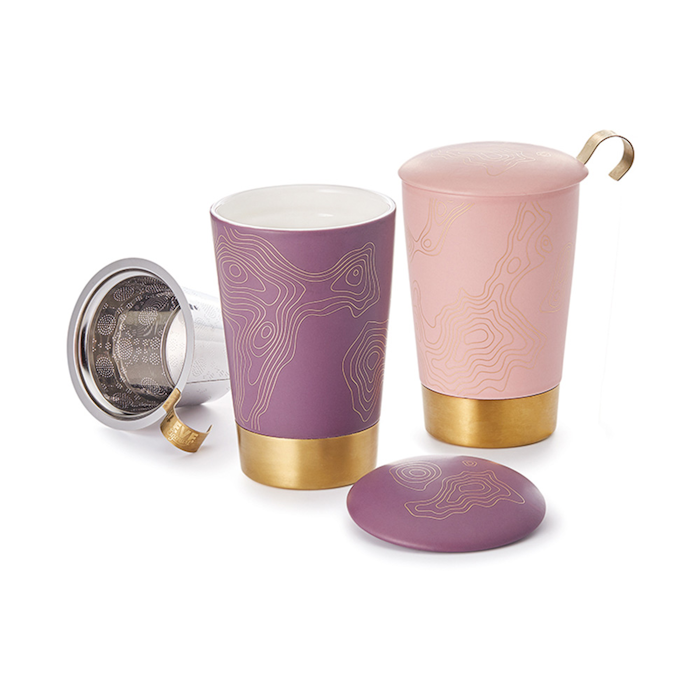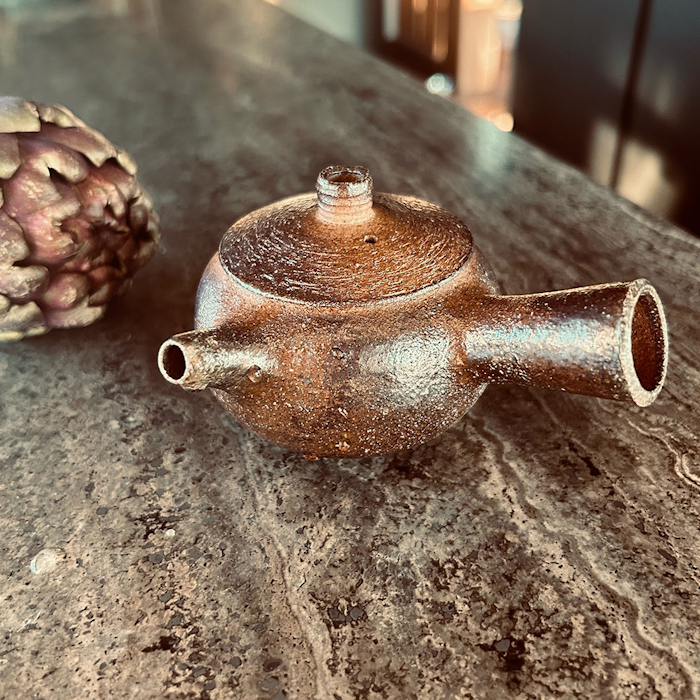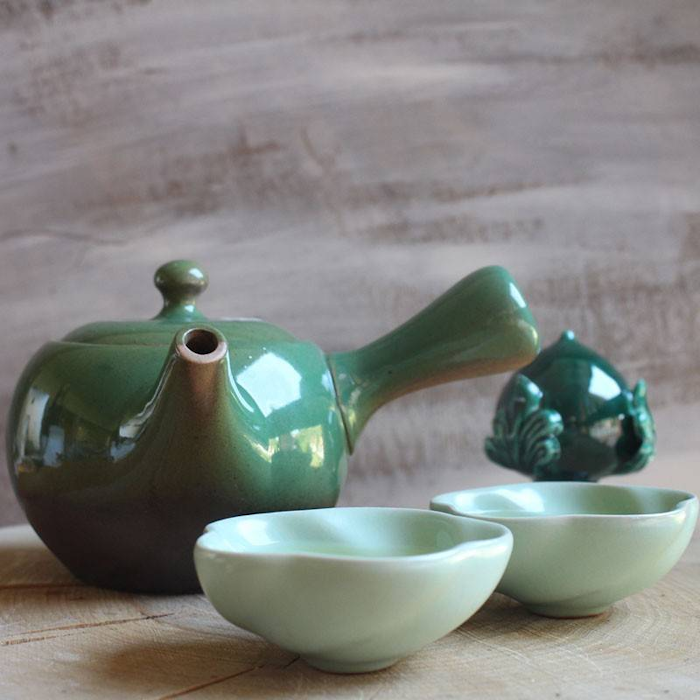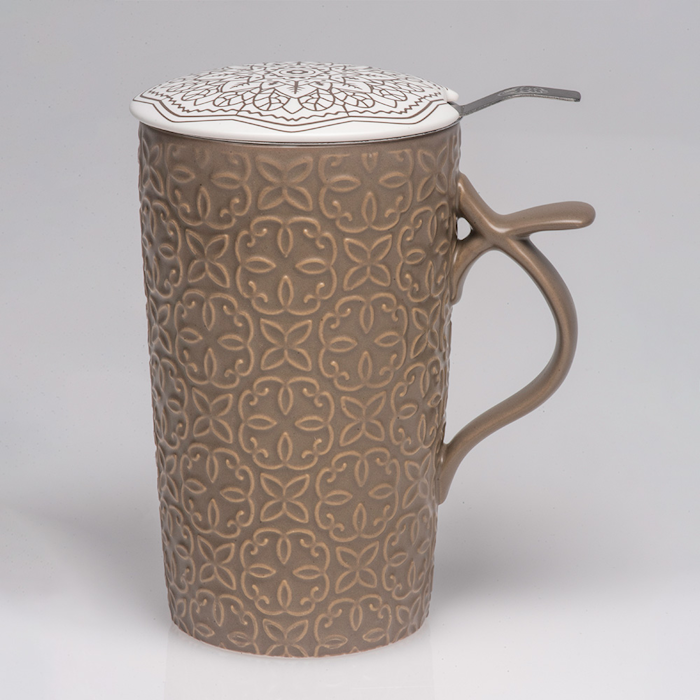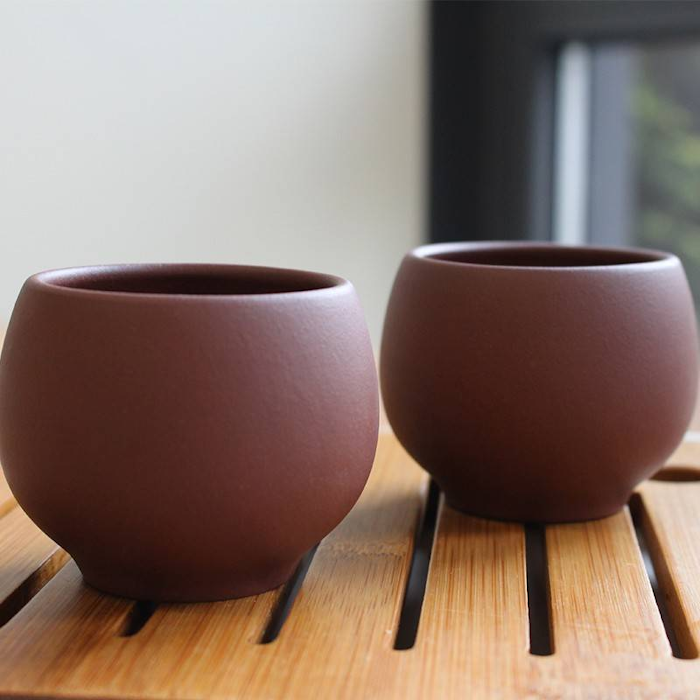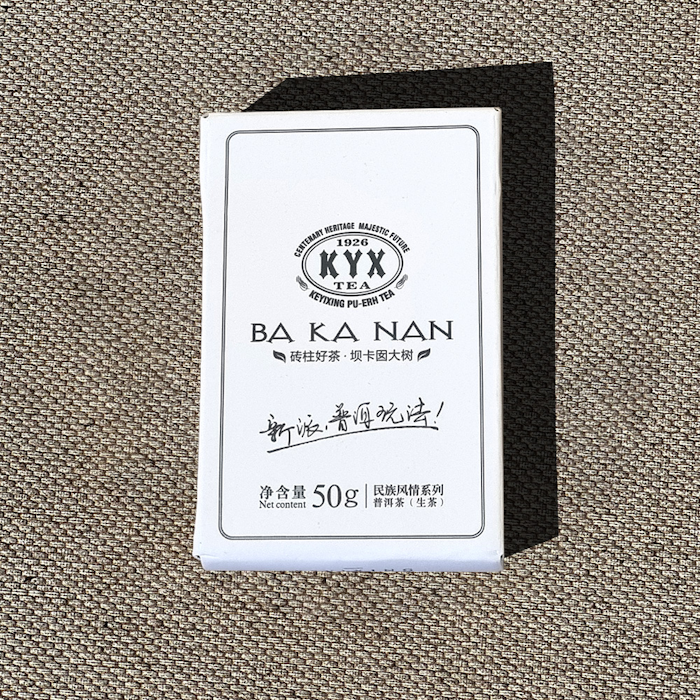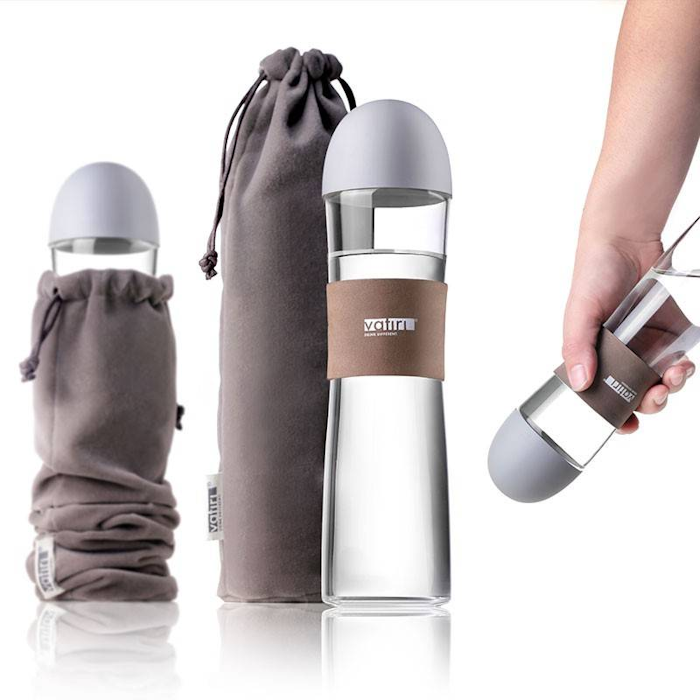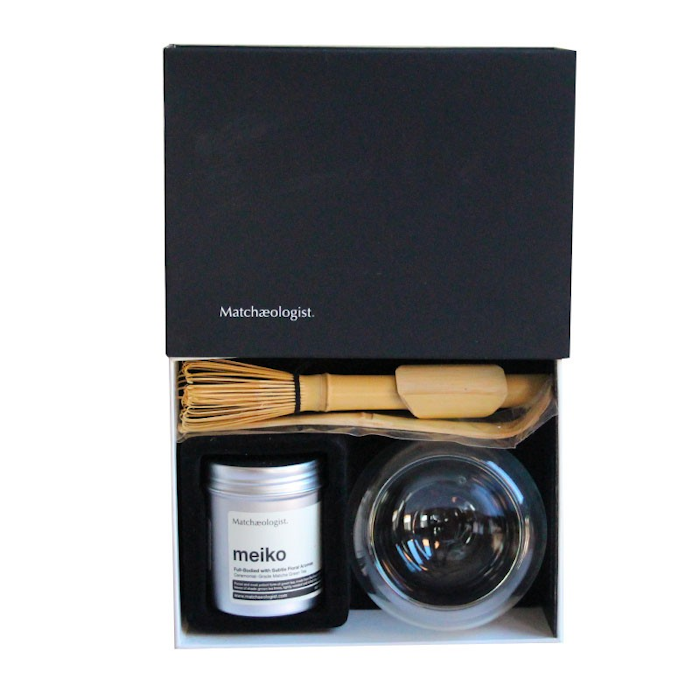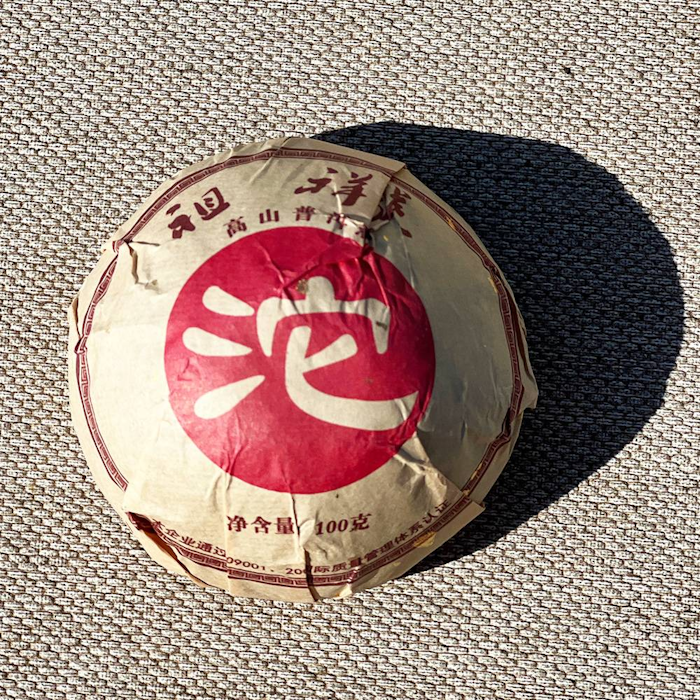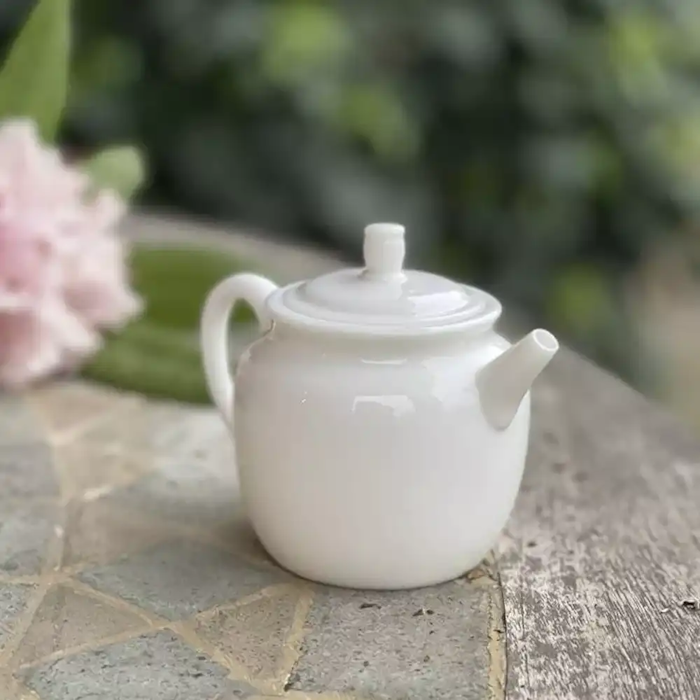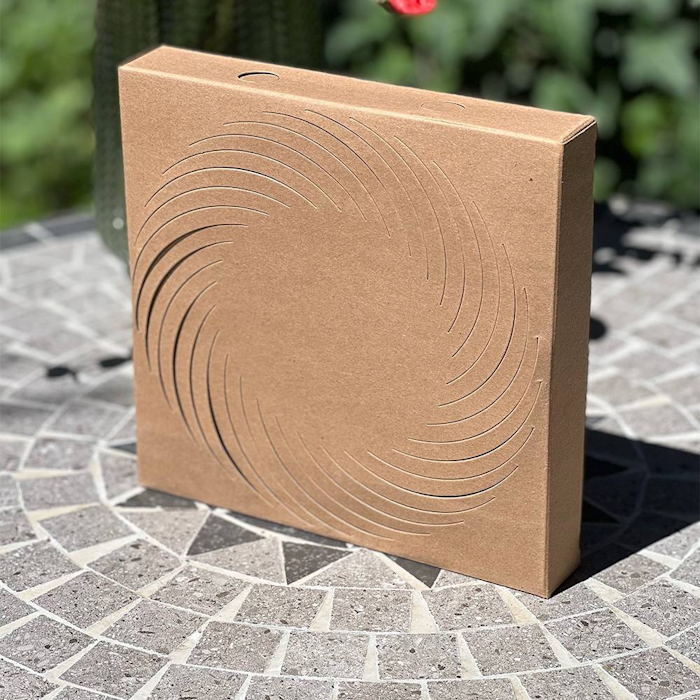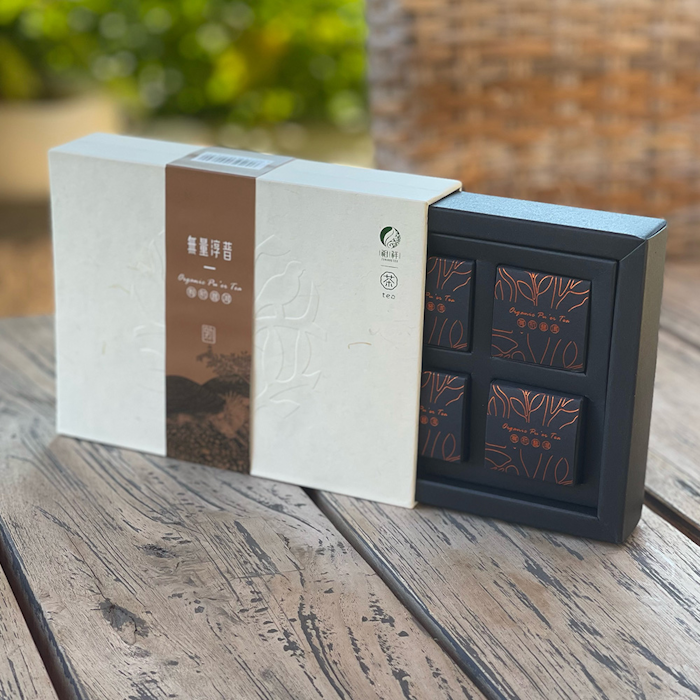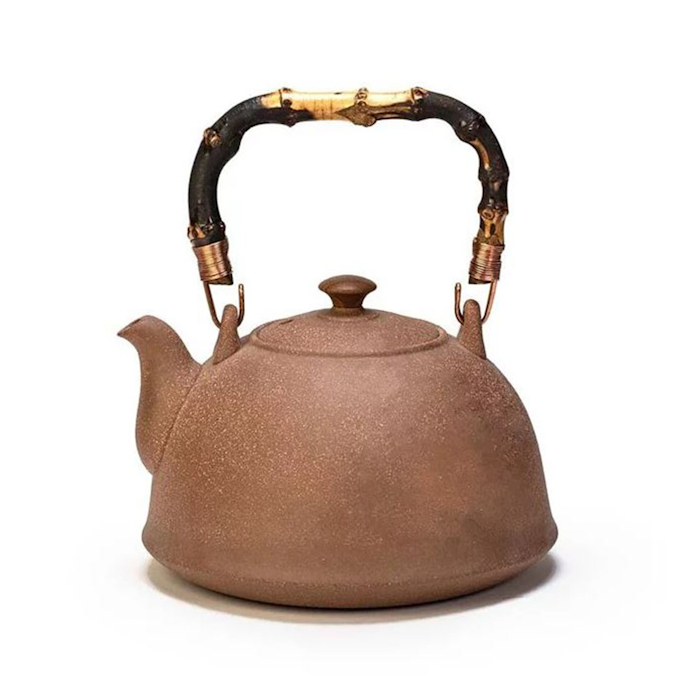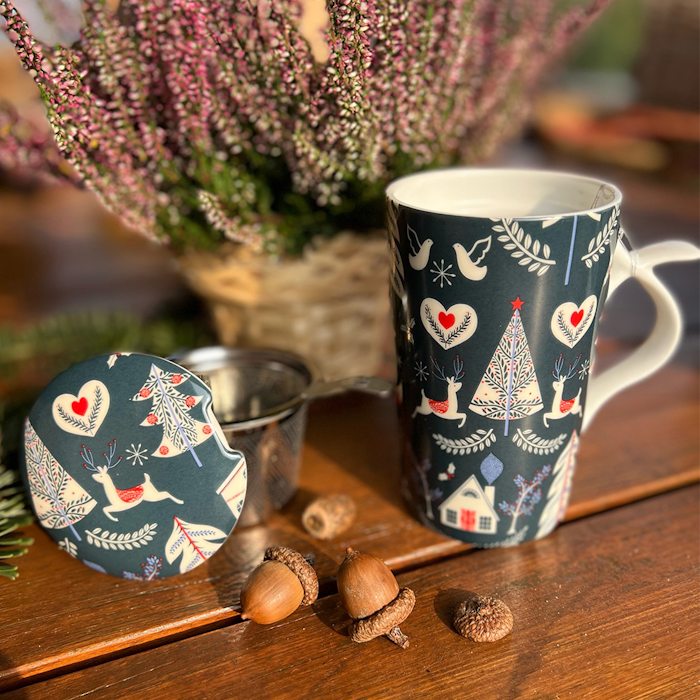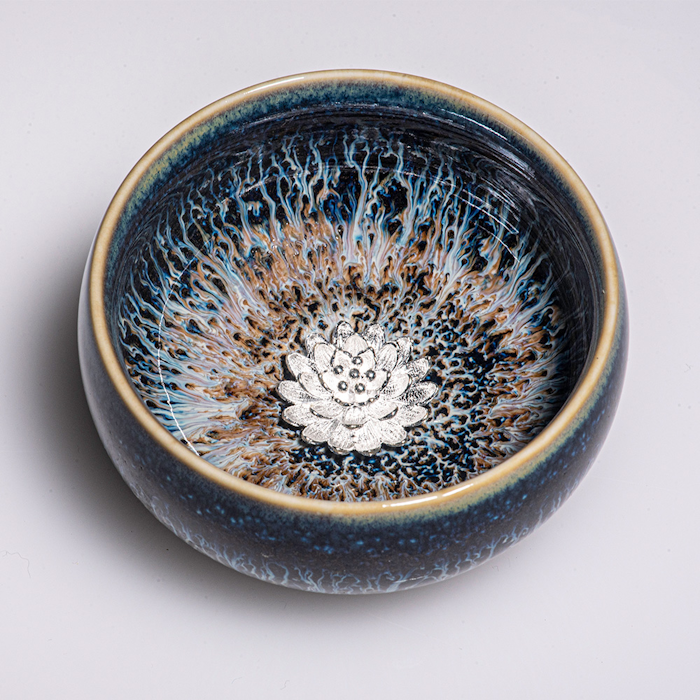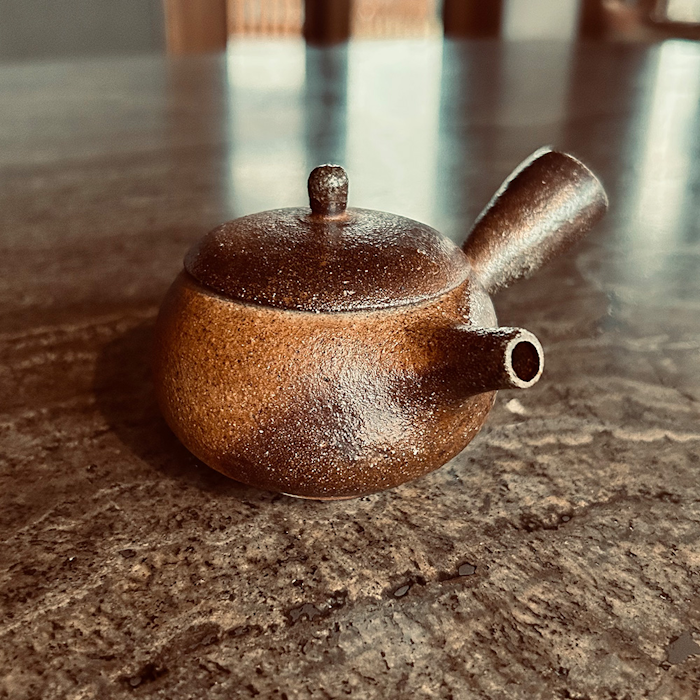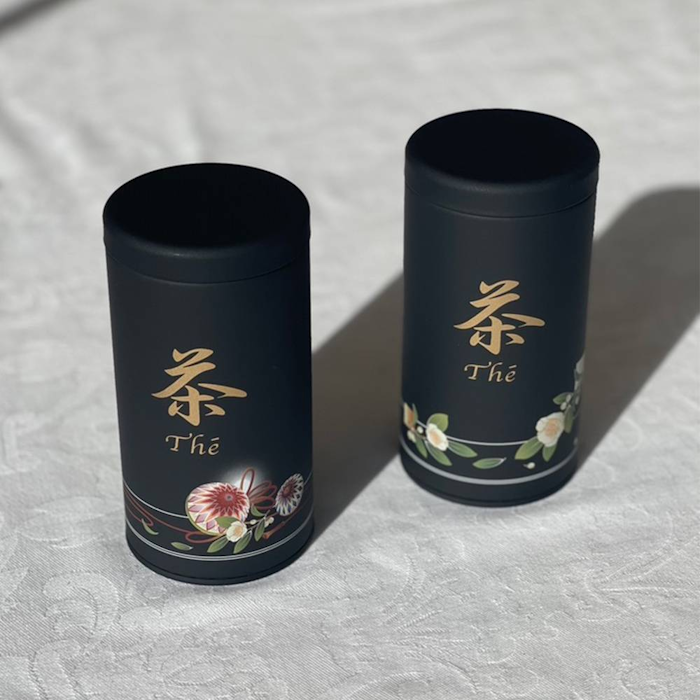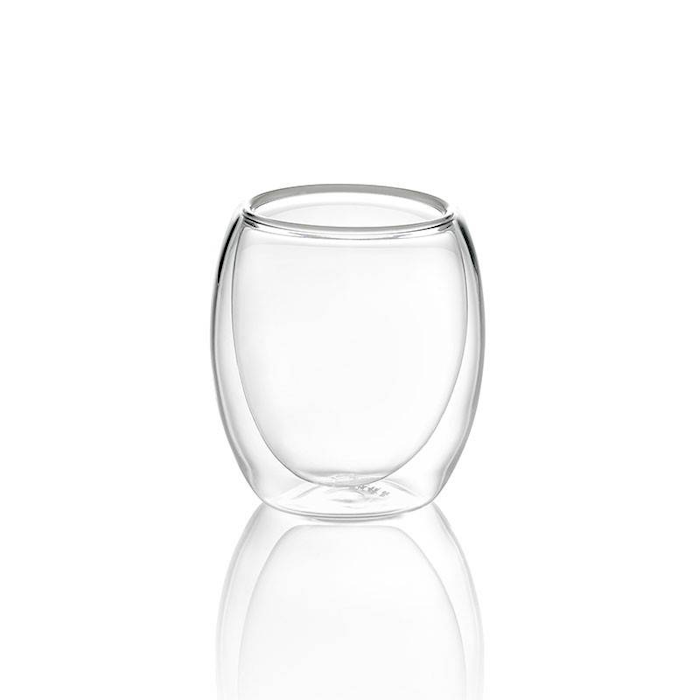Fresh, naturally grown rose blossoms lend their fragrance to this Rose Oolong Tea: the process takes two days for the contact tea to fully absorb the aroma of the rose petals.
A fine high mountain oolong tea that proves to be a perfect drink to enjoy even after dinner, hot or infused cold to cool off with flavor in the summertime.
Tasting - Sight and Smell
Rose oolong tea leaves are small and narrowly rolled, with a glossy surface and hues ranging from bright green to dark green and some yellow-ochre hues, especially at the stems. Along with the tea leaves, fragments of dark magenta rose petals can be seen, creating a beautiful color contrast. Once infused, the leaves give off floral aromas of damask rose and notes reminiscent of glutinous rice, with a very faint vegetal note and a distinct sweetness that brings to mind powdered sugar. The liqueur in the cup is golden, clear and bright.
Tasting Notes
GONG FU CHA
The first infusion of Rose oolong tea has faint notes of rose and roasted notes of dried fruits and cereal starch. A delicate sweetness, reminiscent of honey from sulla, is also captured. With the second infusion, the flavors become more intense: the rose flavor is now stronger without ever becoming pungent. The sugary notes, which remain at the back of the throat, also increase considerably, as do the notes of nuts, particularly almond and cashew. With the third and subsequent infusions, the rose becomes more delicate again, while the roasted nut notes become more pronounced and the starchy, sweet component reappears to envelop the palate.
TO THE WEST
In the opening, Rose oolong tea presents a very gentle floral note of rose, followed by hints of acacia honey and on the finish of nuts, with the intense sweetness of praline almonds. The body is medium, very silky on the palate, with a complete absence of astringency or bitterness. The persistence is sweet and floral, with pleasant notes of rose and almond.
Location of origin
Bei Shan, located in Nantou County, Taiwan
Method of infusing Oolong Rose Tea
We strongly recommend infusing Oolong Rose Tea in the traditional Chinese method (Gong Fu Cha) with a gaiwan with a capacity of about 150 ml. By following this preparation, multiple infusions can be made with 5 grams of leaves that are useful to best capture all the flavor nuances of the tea.
After a quick rinse with water at a temperature of 85°C, proceed to an initial infusion of 30 seconds. Keeping the water at the same temperature, you can then continue to exploit the same leaves by adding more water and increasing the infusion time by 10 seconds each time (30-40-50...).
This tea has a longevity of 5-6 infusions.
For a more classic preparation in the Western style, we recommend 3 grams of leaves (about 2 teaspoons) in a 200 ml cup with water at 85°C for an infusion time of 3 minutes.
For a better tasting experience, we suggest that you strain the infusion as soon as the infusion time is over. Our suggested infusion timings, however, can also be slightly modified to your liking to achieve a more or less intense taste.
We recommend storing in a cool, dry place away from direct sunlight.
Benefits of Oolong Tea
The main benefits that can be derived from Oolong Teas stem from the significant mineral salt and antioxidant phenol content in the leaves.
Some studies, in fact, report that the daily intake of Oolong can affect bone health by improving the concentration of minerals in this tissue and promote a decrease in blood sugar due to the stimulating effect of phenols on insulin.
Oolong Teas also generally possess a low concentration of caffeine. This characteristic makes them suitable to be consumed at any time of the day even by people who are more sensitive to this exciting substance.










